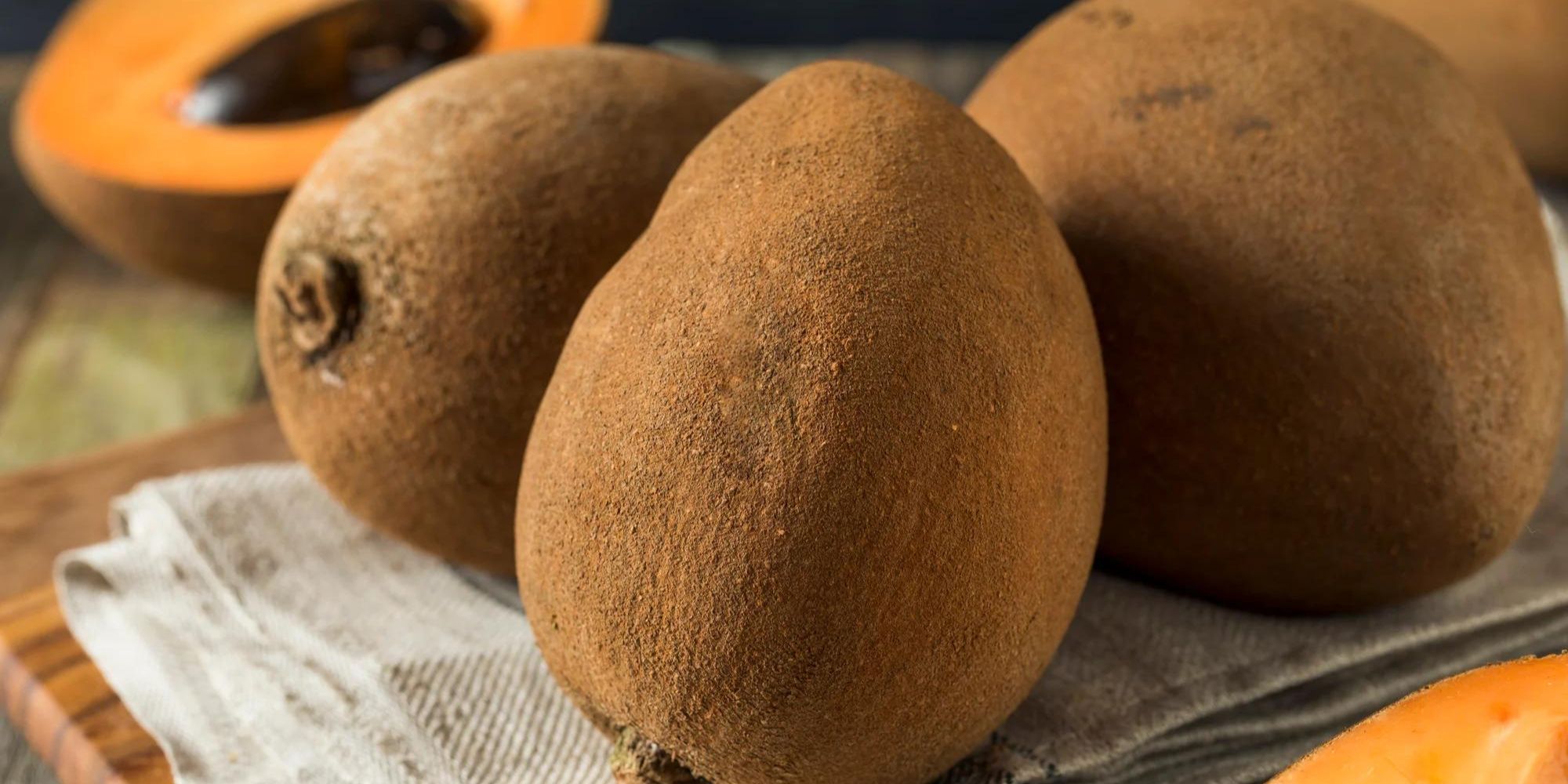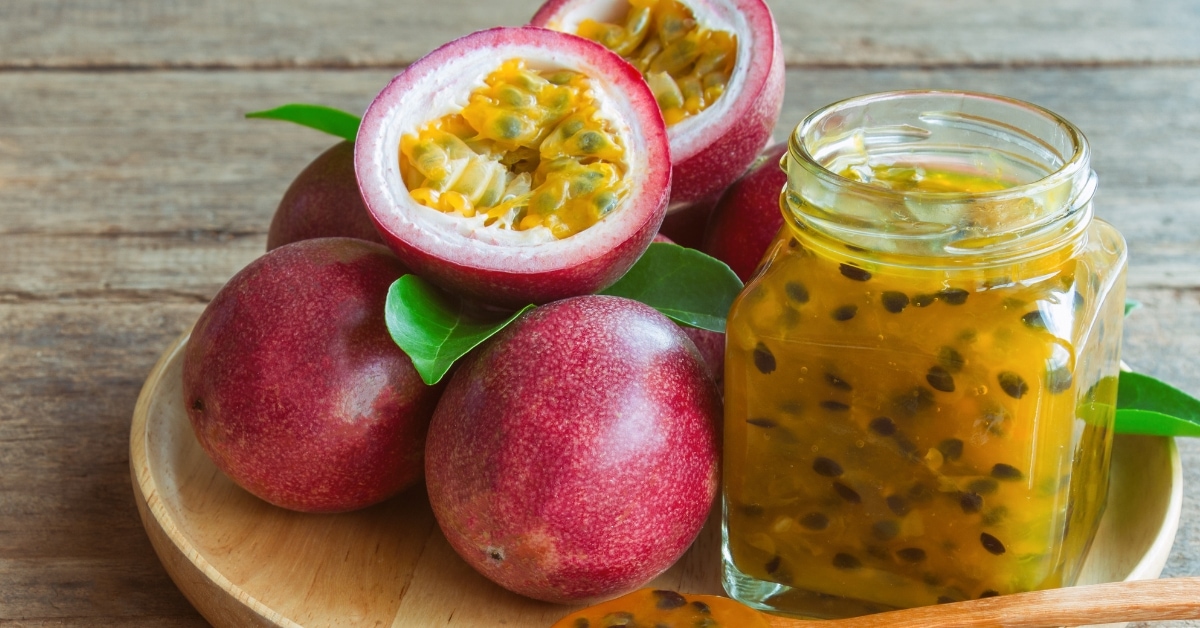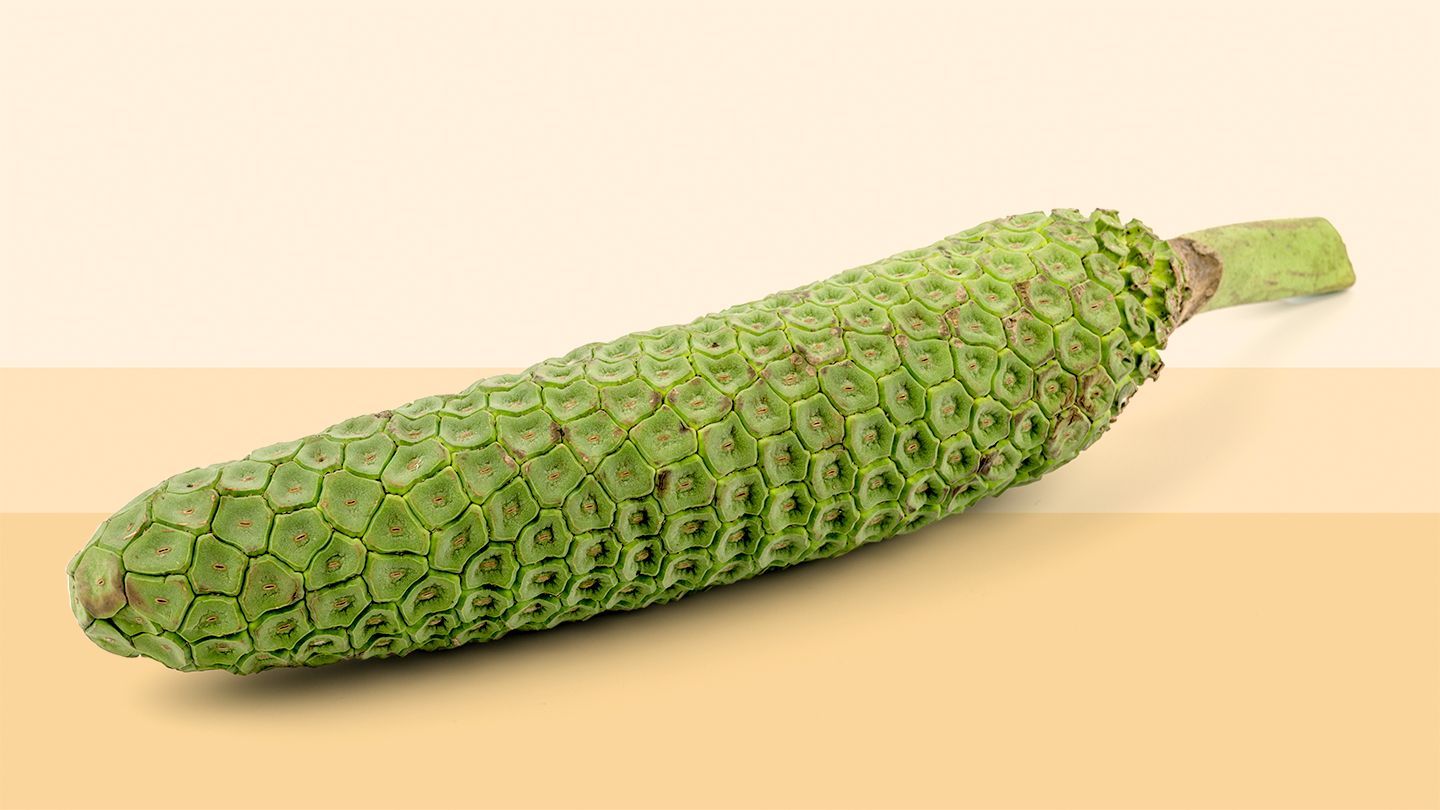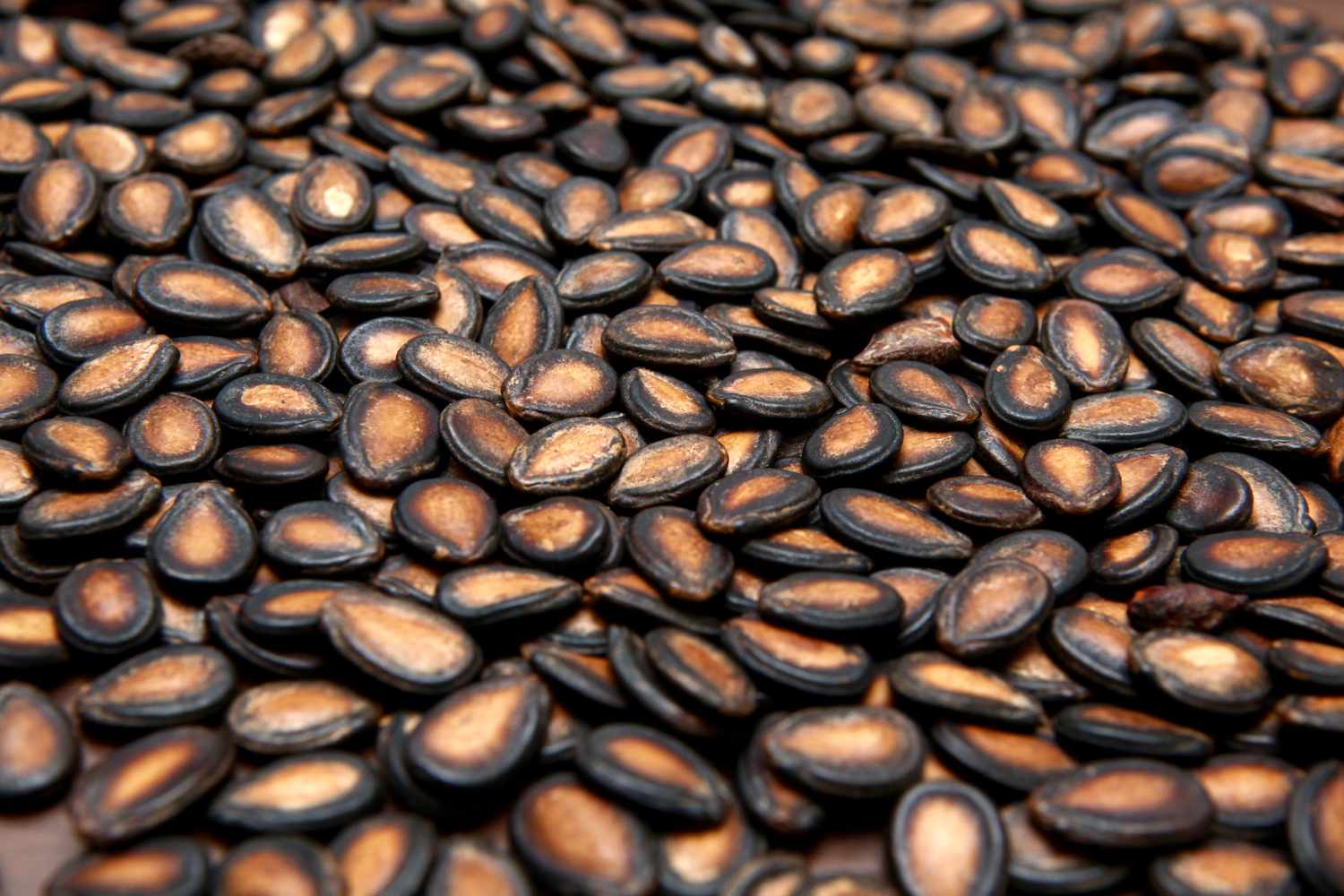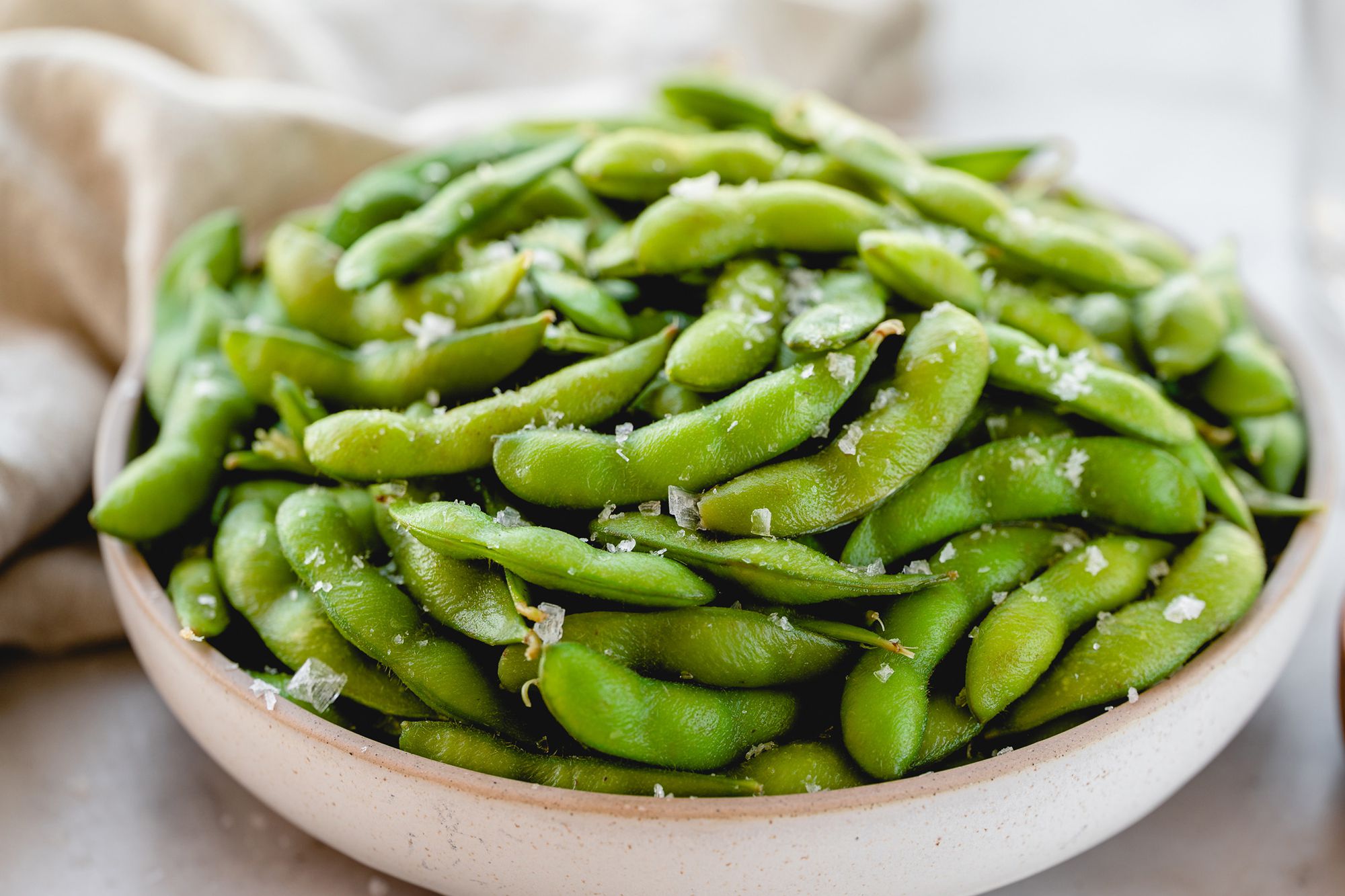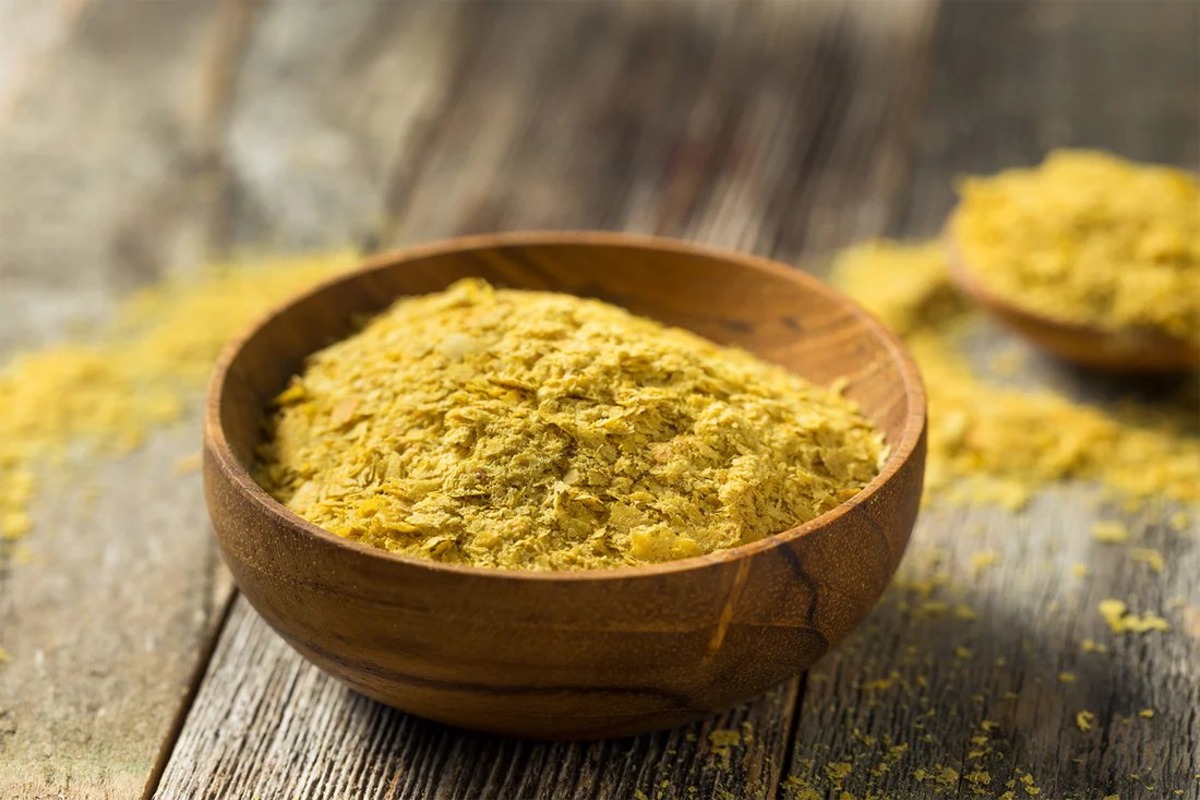Discovering the Delicious Mamey Sapote Fruit
Are you ready to explore a unique and delicious fruit? Look no further than the mamey sapote! This tropical fruit is not only flavorful but also packed with essential nutrients. If you’re wondering how to eat mamey sapote fruit, you’ve come to the right place. Let’s dive into the wonderful world of mamey sapote and learn how to enjoy it to the fullest.
What is Mamey Sapote?
Mamey sapote, also known simply as mamey, is a fruit native to Central America and parts of Mexico. It has a rough, brown outer skin and vibrant orange flesh inside. The flavor is often described as a mix of sweet potato, pumpkin, and almond, making it a truly unique and delightful treat.
Choosing the Perfect Mamey Sapote
When selecting a mamey sapote, look for fruits that are firm but yield slightly to gentle pressure, similar to a ripe avocado. The skin should be free of major blemishes, and the fruit should feel heavy for its size. Ripe mamey sapotes will also emit a sweet aroma.
How to Eat Mamey Sapote Fruit
Now, let’s get to the best part – enjoying the mamey sapote! Here are some simple and delicious ways to savor this delectable fruit:
- Eat it Fresh: Simply cut the mamey sapote in half, remove the large seed, and scoop out the flesh with a spoon. Enjoy it as is for a sweet and satisfying snack.
- Blend into Smoothies: Add mamey sapote flesh to your favorite smoothie recipe for a creamy and nutritious boost. It pairs well with tropical fruits like mango and pineapple.
- Make Mamey Sapote Ice Cream: Blend the fruit with coconut milk, a touch of honey, and a splash of vanilla extract to create a luscious and dairy-free ice cream.
- Create Mamey Sapote Pudding: Combine the fruit with chia seeds, almond milk, and a hint of cinnamon for a delightful and healthy pudding option.
- Bake into Desserts: Use mamey sapote puree in recipes for cakes, muffins, and bread for a unique twist on traditional baked goods.
Health Benefits of Mamey Sapote
Aside from its incredible taste, mamey sapote offers a range of health benefits. It is rich in vitamins A and C, as well as minerals like potassium and magnesium. The fruit also contains dietary fiber, which supports digestive health and helps you feel full and satisfied.
Additionally, mamey sapote is a good source of antioxidants, which can help protect your cells from damage caused by free radicals. Including this fruit in your diet can contribute to overall well-being and a healthy lifestyle.
In Conclusion
Now that you know how to eat mamey sapote fruit and the many ways to enjoy it, it’s time to experience this tropical delight for yourself. Whether you savor it fresh, blend it into a smoothie, or get creative with desserts, mamey sapote is sure to become a new favorite in your fruit repertoire. Embrace the flavors of the tropics and indulge in the goodness of mamey sapote!
More Delicious Ways to Enjoy Mamey Sapote
Having learned how to eat mamey sapote, it's now time to put that knowledge to good use with a variety of scrumptious recipes. For those new to this tropical fruit, starting with the Tropical Mamey Sapote Smoothie is ideal. This straightforward recipe blends the rich flavor of mamey sapote with other tropical fruits, making it a refreshing introduction. Alternatively, the Creamy Mamey Sapote Ice Cream offers a decadent treat that showcases the creamy texture of mamey sapote. For a healthy twist, the Mamey Sapote Chia Pudding is recommended. It combines the nutritional benefits of chia seeds with the subtle sweetness of mamey, creating a pudding that's both healthy and satisfying. Trying these recipes will not only broaden your culinary repertoire but also enhance your appreciation for this unique fruit.
